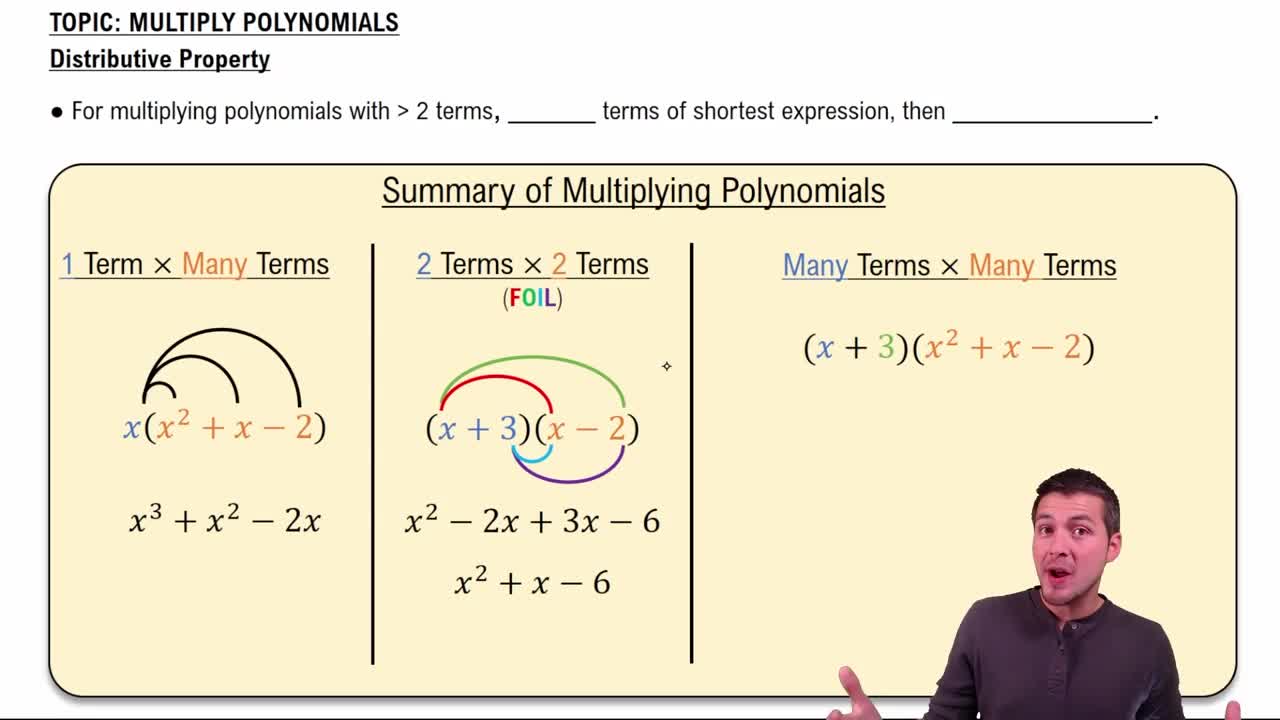Here are the essential concepts you must grasp in order to answer the question correctly.
Linear Equations
A linear equation is an algebraic expression that represents a straight line when graphed. It typically takes the form ax + b = c, where a, b, and c are constants, and x is the variable. Solving linear equations involves isolating the variable to find its value, which can be done through various algebraic techniques such as addition, subtraction, multiplication, and division.
Recommended video:
Categorizing Linear Equations
Distributive Property
The distributive property is a fundamental algebraic principle that states a(b + c) = ab + ac. This property allows us to multiply a single term by each term within a parenthesis, simplifying expressions and equations. In the context of solving linear equations, applying the distributive property is essential for expanding and rearranging terms to isolate the variable.
Recommended video:
Multiply Polynomials Using the Distributive Property
Combining Like Terms
Combining like terms is the process of simplifying an expression by adding or subtracting terms that have the same variable raised to the same power. This step is crucial in solving equations, as it helps to reduce the complexity of the equation, making it easier to isolate the variable. For example, in the expression 3y + 2y, combining like terms results in 5y.
Recommended video:
 Verified step by step guidance
Verified step by step guidance


